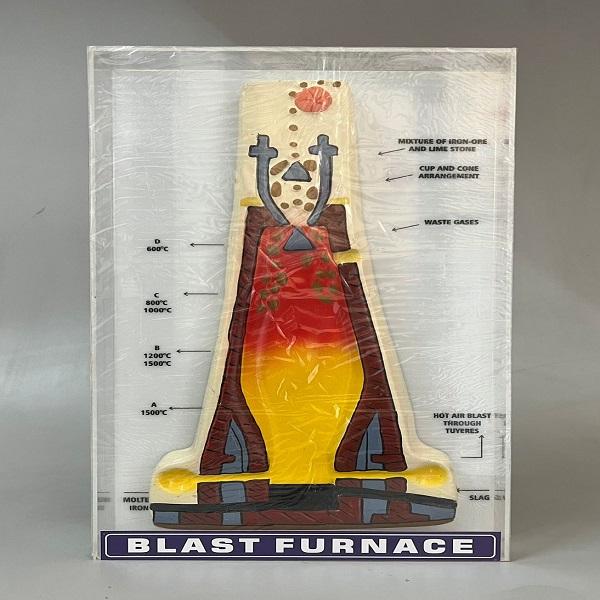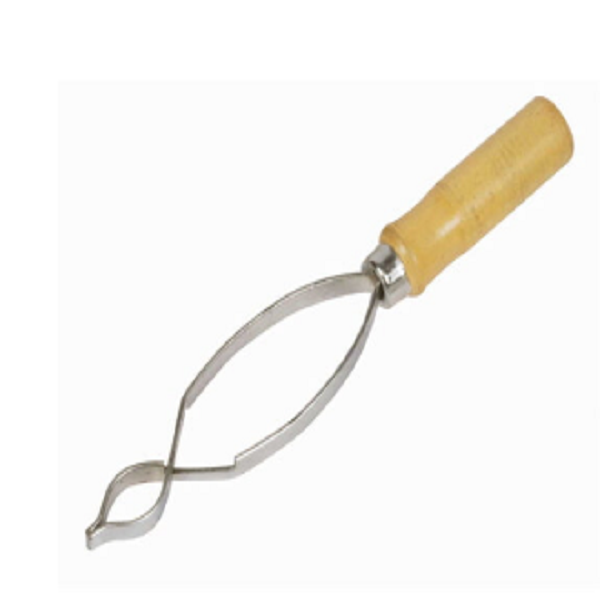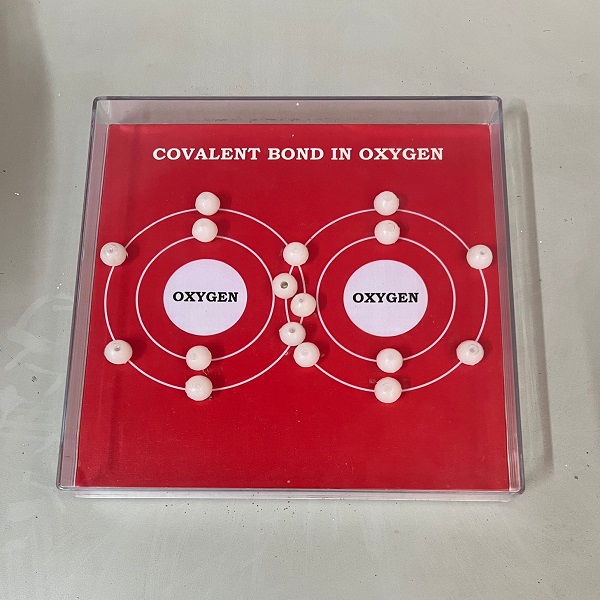A graphite crystal model shows the structure of graphite, which is made up of layers of carbon atoms that are arranged in a hexagonal pattern:
-
LayersGraphite is made up of layers of carbon atoms called graphene. The layers are separated by a distance of 0.335 nanometers.
-
BondingThe carbon atoms in each layer are bonded to three other atoms, forming a honeycomb lattice. The bonds between layers are relatively weak van der Waals bonds.
-
StackingThe layers can stack in two ways: hexagonal and rhombohedral. The hexagonal stacking is the most common and is thermodynamically stable. In hexagonal graphite, the carbon atoms in every other layer are superimposed over each other.
-
PropertiesGraphite has a strong covalent internal bond and high specific modulus and strength. However, it has poor properties in the transverse direction and a low shear modulus.
-
UsesGraphite is used in brake linings, gaskets, clutch materials, lubricants, carbon brushes for electric motors, fire retardants, and insulation and reinforcements products.






There are no reviews yet.